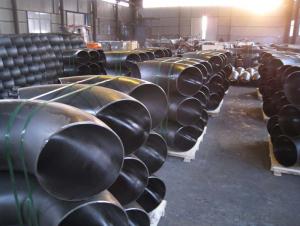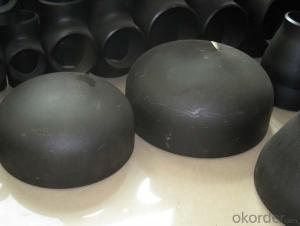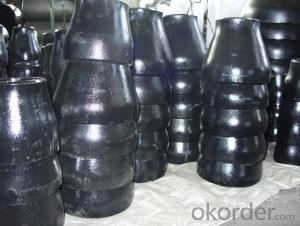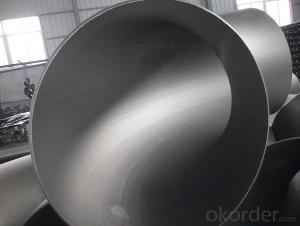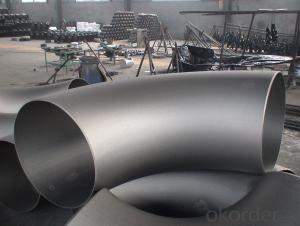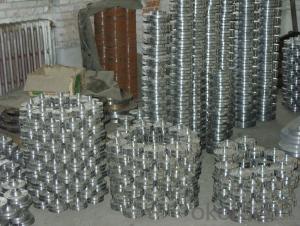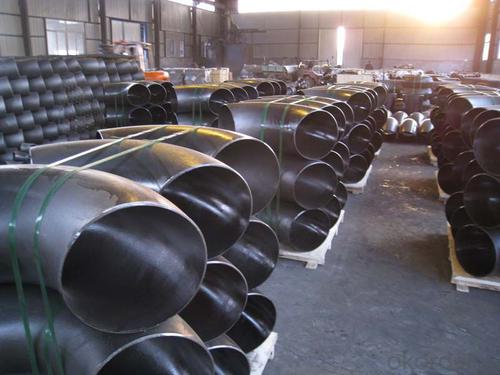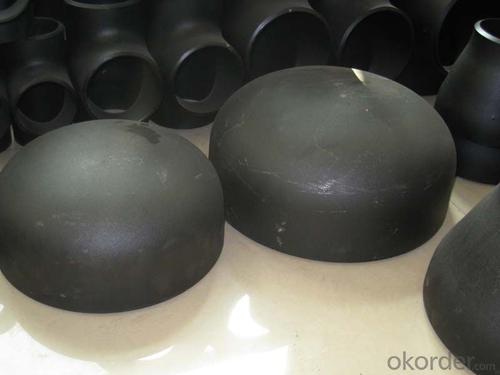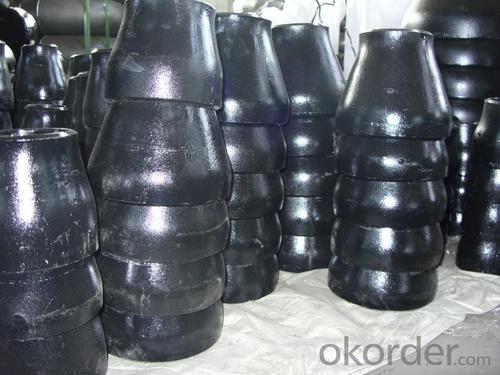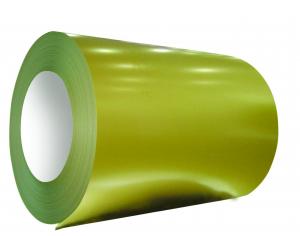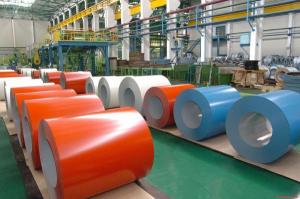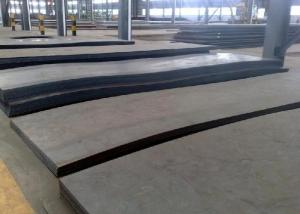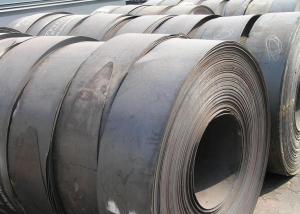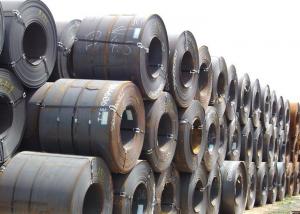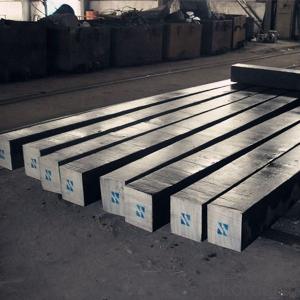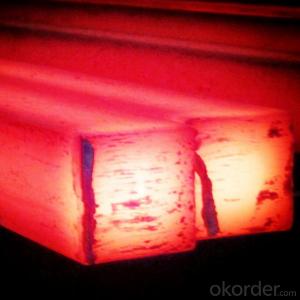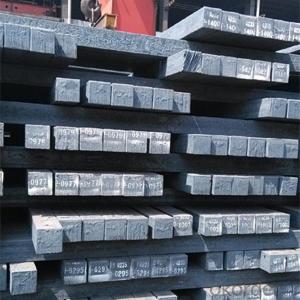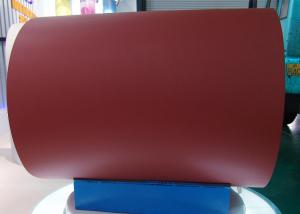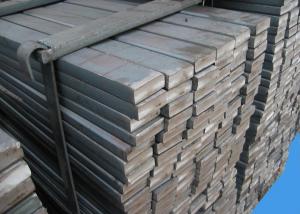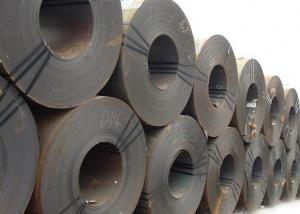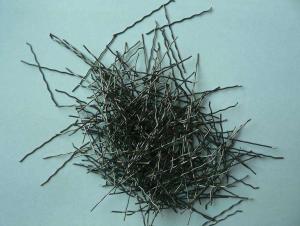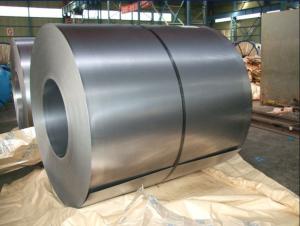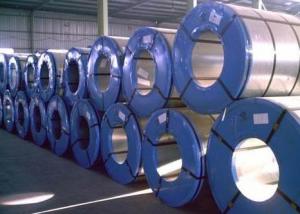Carbon Steel Pipe Fittings SA105 BEND TEE FLANGE
- Loading Port:
- China Main Port
- Payment Terms:
- TT OR LC
- Min Order Qty:
- -
- Supply Capability:
- -
OKorder Service Pledge
OKorder Financial Service
You Might Also Like
Specifications
pipe fitting elbow
Certificate:ISO:9001-2000
New material,completely meet asme and din standard
Best price
1. type: AISI ASTM A234 WPB BW Con Elbow
2. Size: 1/2"-48"(1/2"-24"is seamless and 26"-48"is welded)
3. Wall thickness: sch10-160, STD, XS, XXS
4. Material: A234WPB, A420WPL6, A420WP5, WP11, WP12, WP22, etc
5. Welding line: seamless
6. Angle of bend: 30, 45, 90, 180degree
7. Bending radius: SR, LR
8. Standard: ANSI B16.9, JIS, SB, DIN, GB
9. Surface treatment: black paint, vanis paint, black rust-proof oil,
transparent oil, hot galvanizing
10. Application: petroleum, electricity, chemical, natural gas, metallurgy,construction,
shipbuilding and other fields because of its high pressure, high temperature, etc
11. connection: welding
12. technics:forged
13.Certificate:ISO9001 - 2000, CE, SGS, etc.
14. packaging: wooden case, pallet, container or in accordance with the
requirement of customers
15. Principle: quality fist, customer first, credit first
16. payment: L/C T/T
17. delivery time: 7-25 days after payments
18. Notes: the bevel can be made in accordance with the special requirements
of the customers
19. Others: we can also produce the products according to the requirements
of the customers
The main production:
1. PIPE FITTINGS: elbows, tees, bends, reducers, cap, flanges and sockets etc.
2. PIPE: bult welded pipes, seamless pipes, threaded pipes, etc.
We sincerely welcom customers at home and abroad to visit us and seek common development.
- Q: What are the applications of steel angles?
- Steel angles have a wide range of applications in various industries. They are commonly used in the construction industry for structural support, such as in building frames, bridges, and sign structures. Steel angles are also utilized in the manufacturing sector for machinery frames, equipment supports, and conveyor systems. Additionally, they find application in the automotive industry for chassis components, as well as in the furniture industry for manufacturing shelves and brackets. Overall, steel angles are versatile and essential components in many structural and manufacturing applications.
- Q: How do steel products contribute to the construction of theme parks and entertainment venues?
- Steel products contribute significantly to the construction of theme parks and entertainment venues due to their durability, versatility, and strength. Steel is used in various aspects of the construction process, including the infrastructure, ride structures, and building frameworks. Its high strength-to-weight ratio allows for the creation of complex and intricate designs, ensuring the safety and stability of the structures. Additionally, steel's resistance to corrosion and extreme weather conditions makes it a reliable choice for long-lasting and low-maintenance constructions. Overall, steel products play a crucial role in bringing the thrilling and awe-inspiring experiences of theme parks and entertainment venues to life.
- Q: How is steel used in the automotive industry?
- Steel is widely used in the automotive industry for its strength, durability, and cost-effectiveness. It is used in the construction of vehicle frames, body panels, and structural components, ensuring the safety and stability of vehicles. Additionally, steel is also used in the production of engine parts, suspension systems, and braking systems, contributing to overall performance and reliability.
- Q: How are steel products used in the construction of public transportation systems?
- Steel products are used extensively in the construction of public transportation systems due to their strength, durability, and versatility. Steel is commonly utilized for the structural framework of bridges, tunnels, railway tracks, and elevated platforms, ensuring the infrastructure can withstand heavy loads and constant use. Additionally, steel is used in the manufacturing of train and subway cars, providing a safe and reliable means of transportation for the public.
- Q: How is steel used in the manufacturing of machinery and equipment?
- Steel is commonly used in the manufacturing of machinery and equipment due to its strength, durability, and versatility. It is used to construct the structural framework of machines, as well as components such as gears, shafts, and bearings. Its ability to withstand high temperatures, corrosion, and heavy loads makes it ideal for manufacturing equipment that requires strength and reliability. Additionally, steel can be easily shaped, welded, and machined, allowing for the production of complex machinery and equipment.
- Q: What are the common types of steel products used in the pet grooming and care industry?
- The common types of steel products used in the pet grooming and care industry include grooming scissors, grooming shears, grooming combs, grooming brushes, and grooming clippers. These steel products are essential for maintaining the hygiene and appearance of pets during grooming sessions.
- Q: What are the different types of steel brackets and connectors available?
- There are several different types of steel brackets and connectors available, including L brackets, corner brackets, T brackets, angle brackets, flat brackets, and u-shaped brackets. These brackets and connectors are designed to provide structural support and reinforcement in various applications, such as construction, furniture assembly, and industrial manufacturing. They come in different sizes, shapes, and configurations to meet specific needs and requirements.
- Q: How is steel used in the production of playground equipment?
- Steel is used in the production of playground equipment due to its durability and strength. It is commonly used to construct the frames and supports of structures such as swings, slides, and climbing frames. Steel's robust nature ensures the equipment can withstand the weight and movement of children, making it a safe and reliable material for playgrounds.
- Q: How does steel sheet metal welding and joining work?
- Steel sheet metal welding and joining involve the process of fusing two or more steel sheets together through the application of heat and pressure. This is typically achieved using various welding techniques such as arc welding, resistance welding, or laser welding. These methods create a strong bond by melting the edges of the sheets, allowing them to fuse together and form a continuous joint. The process requires skilled welders, precise control of heat input, and proper preparation and cleaning of the metal surfaces to ensure a durable and reliable connection.
- Q: What are the different types of steel products used in the manufacturing of consumer goods?
- There are various types of steel products used in the manufacturing of consumer goods, including stainless steel, carbon steel, alloy steel, and tool steel. Stainless steel is commonly used for kitchen appliances and cutlery due to its corrosion resistance properties. Carbon steel is used in the production of items like automotive parts and household tools. Alloy steel, which is a combination of different metals, is often used in the manufacturing of consumer goods that require high strength and durability, such as bicycles or furniture. Tool steel is specifically designed for making tools and is used for items like drill bits, screwdrivers, and wrenches.
Send your message to us
Carbon Steel Pipe Fittings SA105 BEND TEE FLANGE
- Loading Port:
- China Main Port
- Payment Terms:
- TT OR LC
- Min Order Qty:
- -
- Supply Capability:
- -
OKorder Service Pledge
OKorder Financial Service
Similar products
Hot products
Hot Searches
Related keywords
